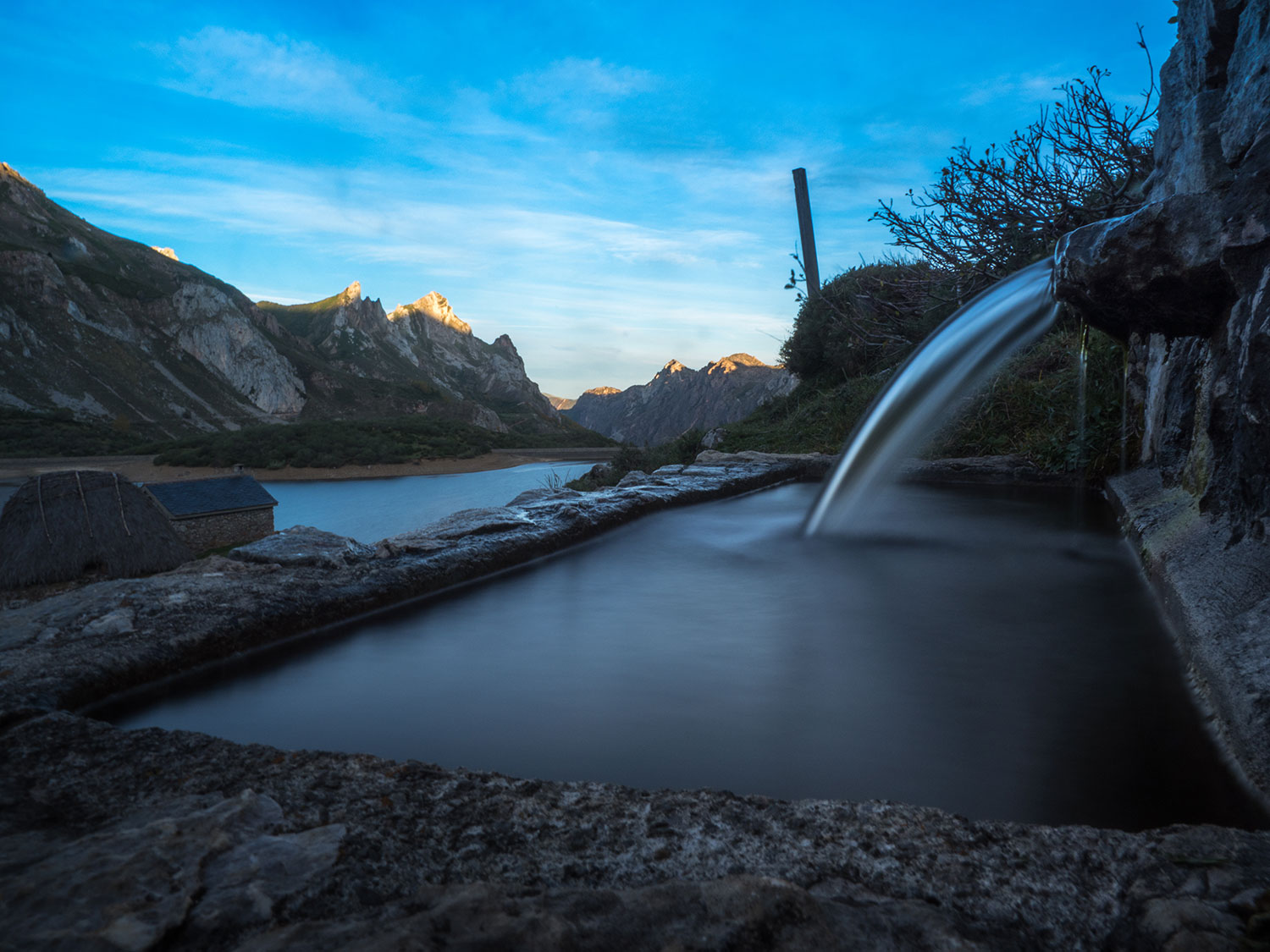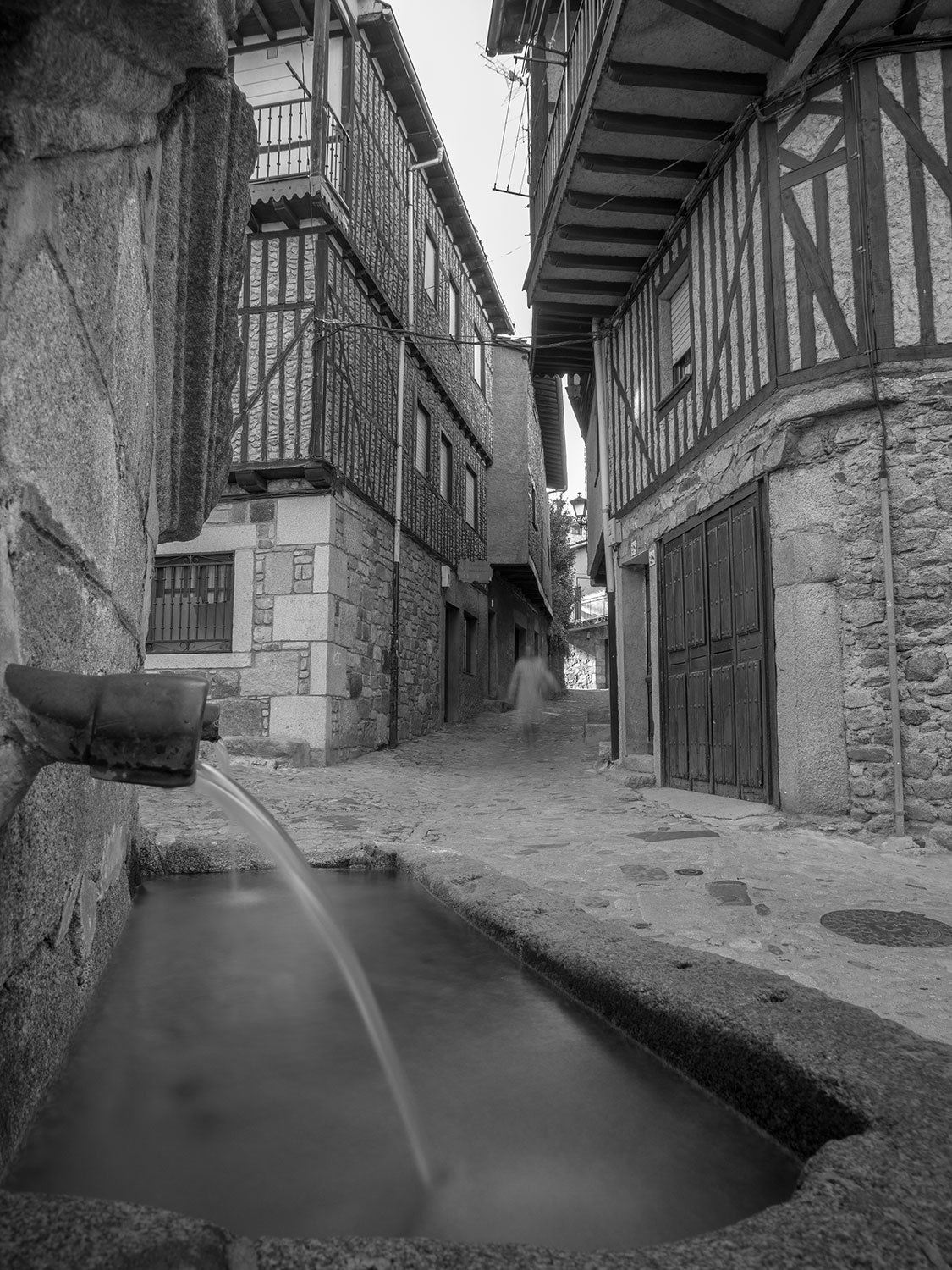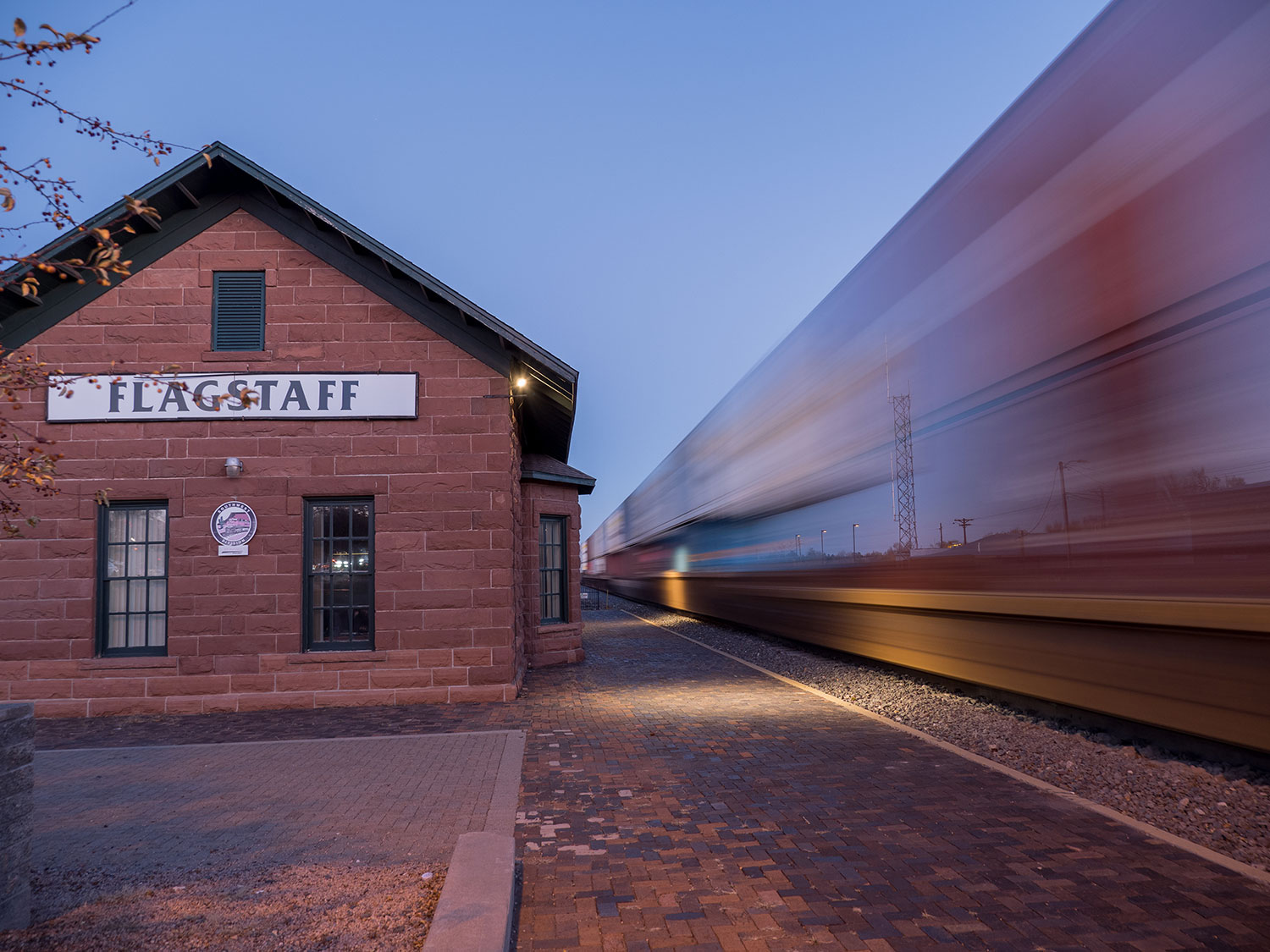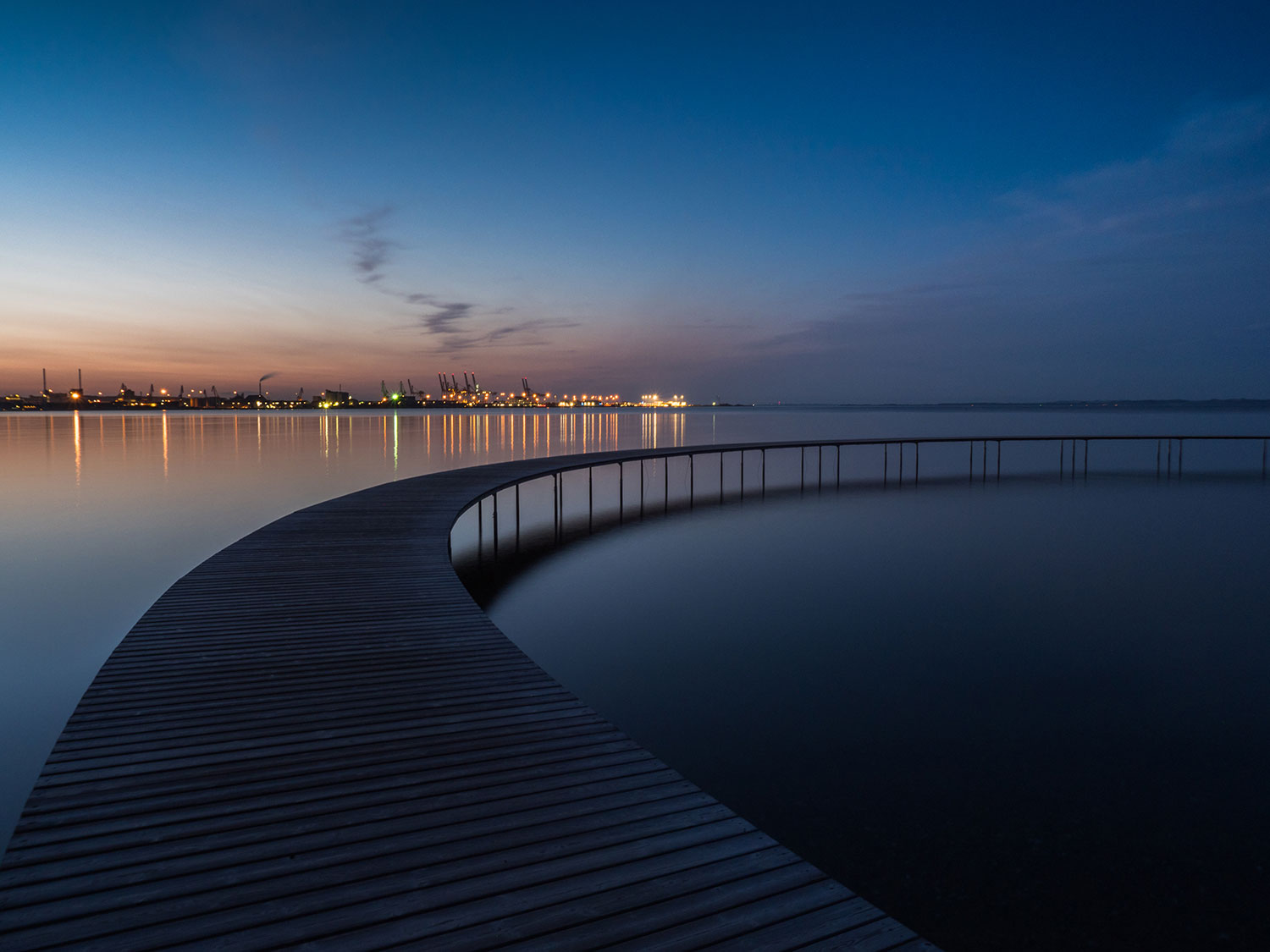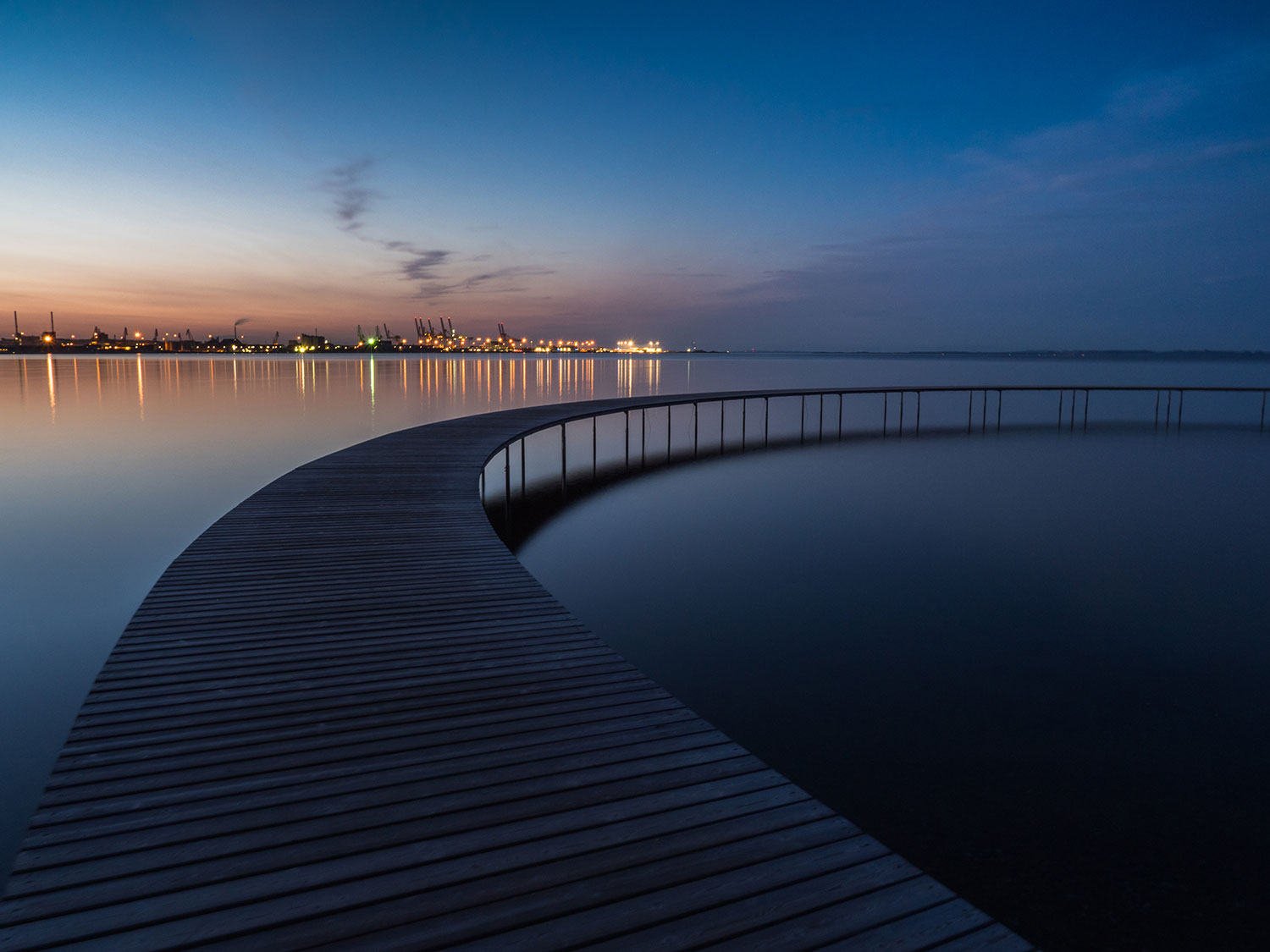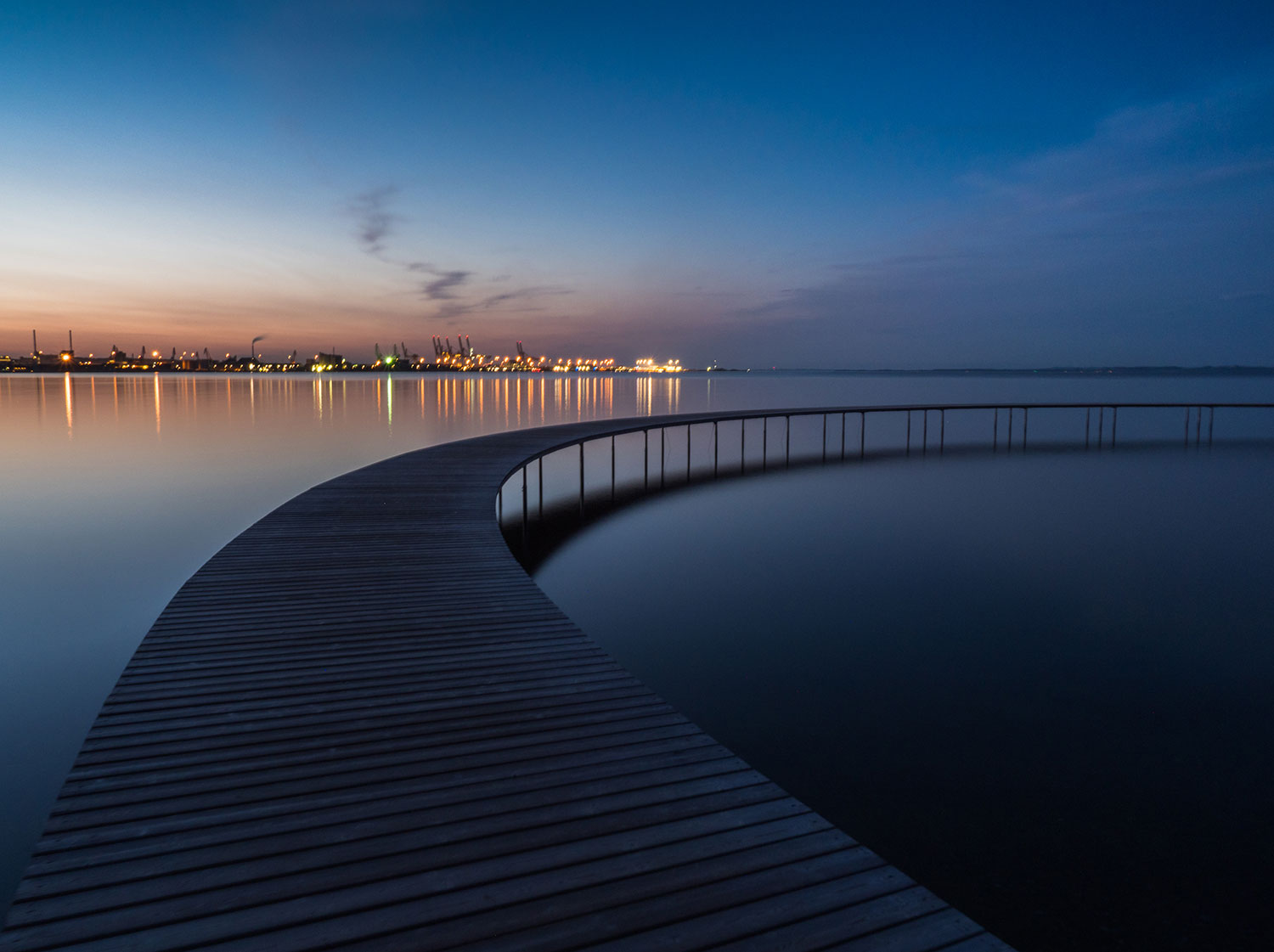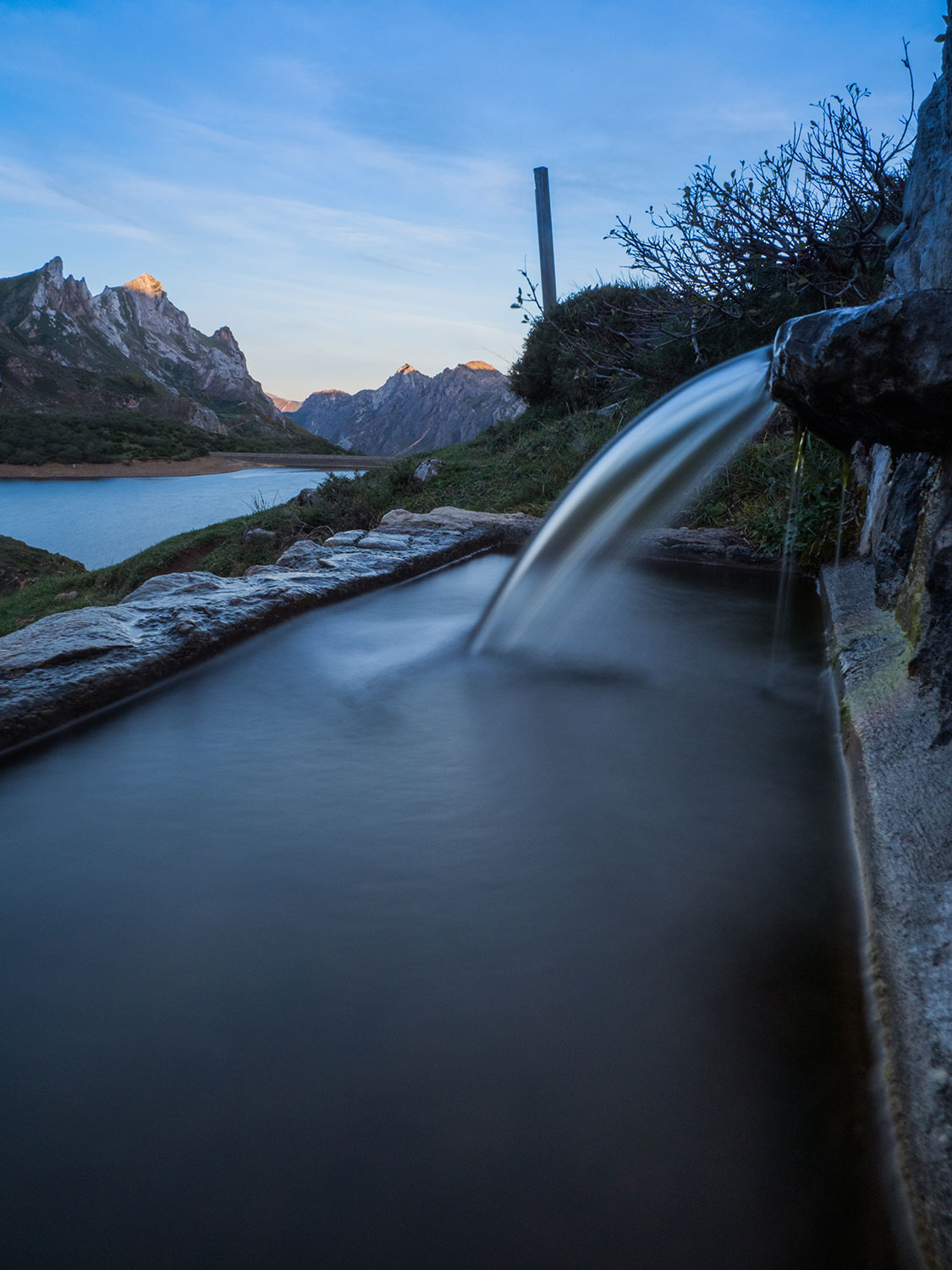Time for a stable world
Passionate about photography, it really became my number one hobby 5 years ago. Uruguayan born and Spanish raised (with some significant time spent in France, Belgium, US,..) still an amateur photographer in my spare time.
Lazy to read manuals, I relied on the trial-error method and moving into a new camera once my previous model was at the limits of my creativity. Rather than taking the perfect picture, I am most interested in capturing a different angle which reflects the emotion that I was trying to convey. One of my sayings is: “things happen, sometimes we see them”.
Love landscape and street photography but I would like to develop my portrait skills and photojournalism. Color or black & white, like them both. Special interest on long exposures and water-related.
I had an old Olympus compact camera once but the first “professional” camera was a well-thought process. I had a Panasonic FZ1000 camera and I wanted to move into a interchangeable lenses camera and, during a night photography workshop back in June 2016 with Olympus visionary Fernando Rey, I was convinced that E-M1 Mark II was the right choice. At that time I was still shooting in Jpeg and editing in the old basic Picasa.
Lago del Valle, Somiedo, Asturias, Spain
It was not until 8 months later that I started to shoot in RAW, and it was in April 2017 when I bought my first Lightroom license.
I like to travel with essentials, therefore, I hate tripods, filters, long and heavy lenses and carrying cumbersome backpacks. For me, pictures can be taken anytime, anywhere, and this is the beauty of the E-M1 Mark II.
The stabilization properties of this model with the Micro 4/3 packaging size and versatile lenses (I love the M.Zuiko 12-100mm F4 Pro) allows me to carry a handy camera in most of my trips. Only under low light conditions or city environment, where I want to be on the “invisible” mode, I use the 17mm Zuiko lens.
The sealing properties of the camera allow me to be totally “weather agnostic” when I prepare my suitcase. Being at -27ºC in Baikal lake (without wind factor) and humidity or +40ºC in Death Valley with very dry conditions are just anecdotes for this Olympus model.
See the picture below, in Baikal lake, slight long exposure, during my trip with Wild Watching Spain (led by Néstor Rodán).
Some nice features like the ProCapture and Live Composite modes are just wonderful tools to develop your creative ideas. I must admit, I am still learning new capabilities every day after 3 years of use.
Back to stabilization, I enjoy playing around with low light conditions and moving objects when I could not bring my tripod (short trips) or when tripod was very difficult to be used in specific unbalanced areas or “yoga” postures…
Having used it for quite a while now, I have started to analyze and develop a customized methodology to take long exposure pictures using only your own body as a support. Maybe it already exists some tutorials on the web, I have not checked, but below are the steps I follow:
• Keep calm… Sure, you might think, that’s easy to say but not so for most of the photographers. Some tips: walk a bit (don’t take a long shot after another and after you have been sitting on very stiff positions), have something in your stomach but not too much, free of coffee, tea, coke, etc…, have a clear mind (don´t bring your problems to the field). Well, you all know the story.
La Alberca, Extremadura, Spain
Phantom in the city
• Position yourself on a stable way, two legs open, at the size of your shoulders, in parallel or one foot slightly forward. Hold your camera with both hands… there are many tutorials that explain this, I guess.
Small fall, Monte Aloia, Vigo, Spain
Small front plant trepidation is due to the light wind
• Breathing: Oxygenate a bit, long slow breaths, but not too many or you’ll get dizzy… and when you are ready, take a big breath and, once you exhale start taking the picture 2-3 secs before you finalize the exhalation and then wait before inhaling as much as you can. There, you can have 6-10 secs easily. Most people will tell you to hold your breath and take the picture… I tried this way at my first shots, but I have to admit, it’s like blowing into a balloon until it starts to shake, and that’s when you fail your exposure.
Flagstaff, Arizona, Route 66, 2 shots:
• Point fixing: This is a very important tip I found, and it works quite well. Use your “blind” eye – the one you don’t use (and that I always leave open to see if something may cross my capture and either spoilt it or enrich it). With this eye, fix a point at the very end of your lenses (anywhere) and draw a straight line to another point in the ground or the horizon. My feeling is that the closest the better, a small stone, edge or even a small shadow. If, while you are taking a long exposure, you see that this target is moving you can go back to the original position. The longer the exposure is, the easiest you will get it right as, if you lost your setting for half a second or 1 second on 10-15”, it won’t really matter as during most of the time the camera is in the right place.
See the example below, red arrow is your blind eye staring at a fixed point (shadow) during the entire exposure:
• My last tip, turn the stabilizer ON. Yeap… sometimes you forget, or you turn it off by mistake (especially on the 12-100 alike lenses where you can unwantedly turn it off by mistake).
A good example of the use of these techniques is this set of pictures taken last year in Aarhus, a beautiful city in the Danish coastline.
There was not much need of doing a long exposure (except to avoid some people moving around during and after the sunset) but when I took a 8 second shot and I saw the results, as everybody have left, I decided to give it a try with longer exposures, just for the fun.
I didn’t have my tripod, so, standing on both legs, before dinner, relaxed, no much wind, I hold the camera as said previously and prepared my breathing. When ready, fixed a point and start shooting. The result was also awesome at 10”, maybe it was just chance, so I tried 13” and then 15” …magic!!.
So, I tried 20” and it was marvelous. But I was beginning to over oxygenate… so I tried a last one at 25”, I could see some slight trepidation in the horizon, so I left the Guiness record for a next occasion. I have to admit that I might also have a good pulse… if this would work as an excuse.
I’ll keep you posted for my new record, hopefully with the new E-M1 Mark III.
Some other examples of hand held shots:
The first 2 (big wheel in Vigo, Spain) with 2 different lenses:
Lago del Valle, Somiedo, Asturias, Spain
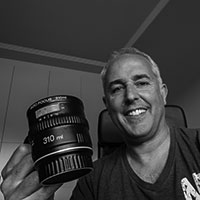
“Passionate about photography, it really became my number one hobby 5 years ago. Uruguayan born and Spanish raised (with some significant time spent in France, Belgium, US,..) still an amateur photographer in my spare time.
Lazy to read manuals, I relied on the trial-error method and moving into a new camera once my previous model was at the limits of my creativity. Rather than taking the perfect picture, I am most interested in capturing a different angle which reflects the emotion that I was trying to convey. One of my sayings is: “things happen, sometimes we see them”.
Love landscape and street photography but I would like to develop my portrait skills and photojournalism. Color or black & white, like them both. Special interest on long exposures and water-related.”


